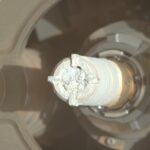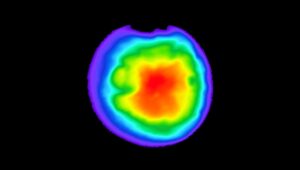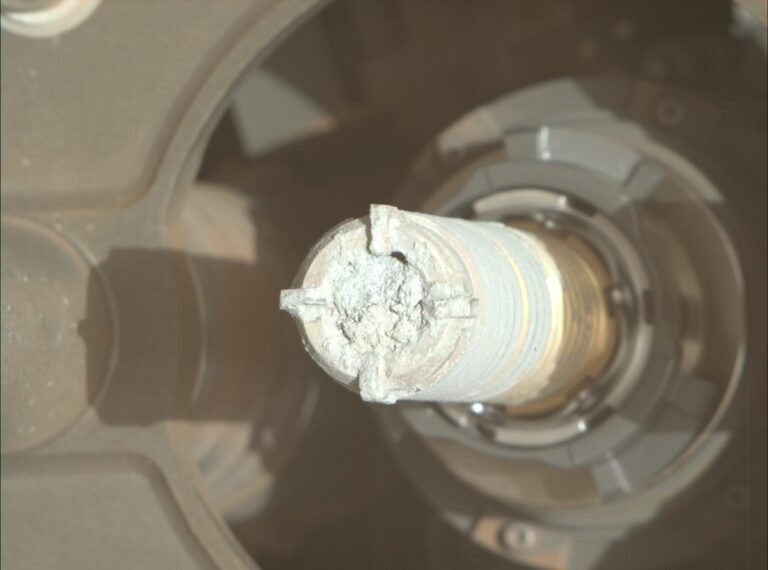In a significant advancement for quantum computing, researchers have developed a novel method to accelerate quantum measurements without compromising accuracy. This technique, detailed in the study “Speeding Up Quantum Measurement Using Space-Time Trade-Off” published in Physical Review Letters in February 2025, introduces a space-time trade-off approach that leverages additional qubits to reduce measurement time .
The Challenge of Quantum MeasurementQuantum computing relies on qubits, which can exist in superpositions of states. Accurately measuring these states is crucial but challenging, as traditional measurement methods often require prolonged interaction times to achieve high fidelity. Extended measurement durations can introduce noise and decoherence, degrading the quality of the measurement .
The Space-Time Trade-Off ApproachThe researchers propose a method that employs ancillary qubits—additional qubits entangled with the target qubit—to distribute the measurement process. By entangling the target qubit with N-1 ancillary qubits and measuring all N qubits simultaneously for a shorter duration (t/N), the scheme maintains the same statistical confidence as a longer single-qubit measurement. This effectively trades spatial resources (qubits) for temporal efficiency .For instance, if measuring a single qubit accurately requires five seconds, using five qubits simultaneously achieves the same accuracy in just one second. This linear speedup is significant for real-time quantum computing applications .
Robustness Against NoiseThe team conducted numerical simulations to assess the scheme’s performance under realistic conditions, including gate noise and readout errors. The results demonstrated that the method is robust against experimental imperfections and, in some cases, even offers better-than-linear improvements in measurement speed with the number of systems measured .
Practical ImplicationsThis approach is hardware-agnostic and applicable across various quantum technology platforms, including cold atoms, trapped ions, and superconducting qubits. It offers a route to accelerate mid-circuit measurements, which are essential for effective quantum error correction—a critical component for building fault-tolerant quantum computers .—Future DirectionsThe researchers are collaborating with quantum hardware developers to implement this scheme experimentally. If successful, it could become a standard part of the quantum readout process, accelerating progress toward practical, large-scale quantum computing .

















+ There are no comments
Add yours